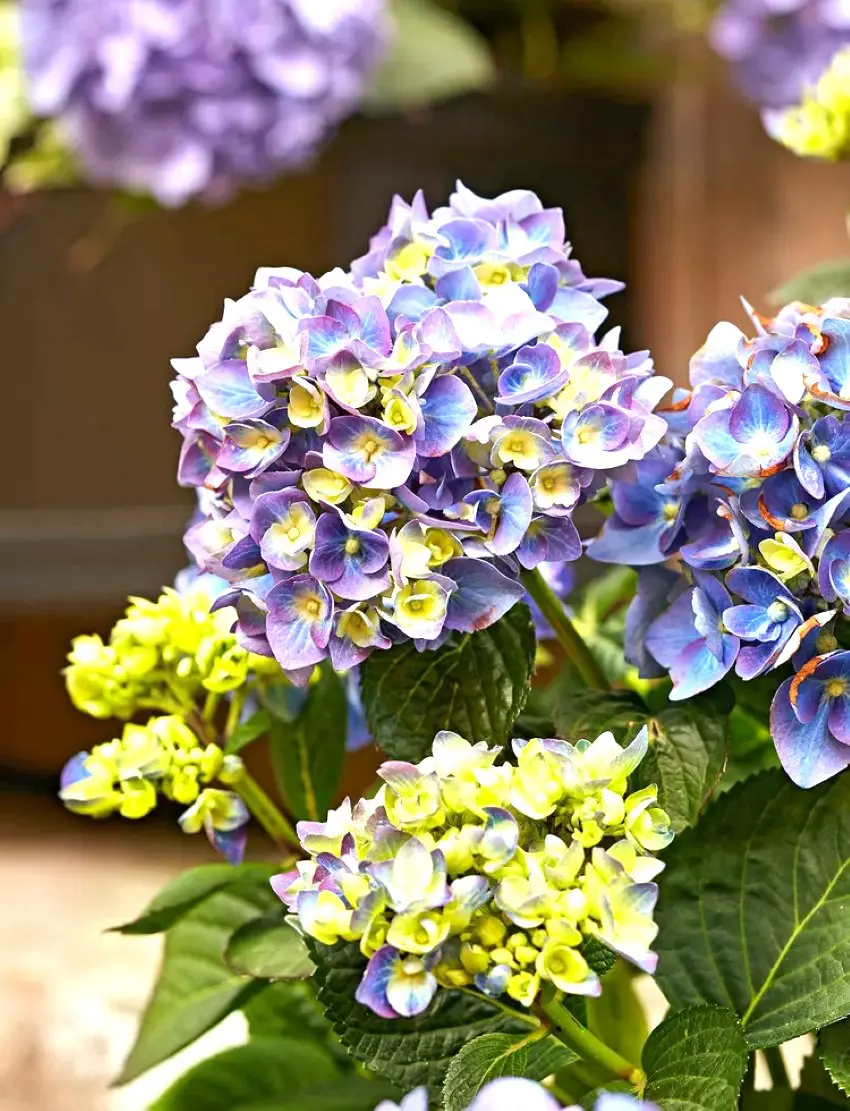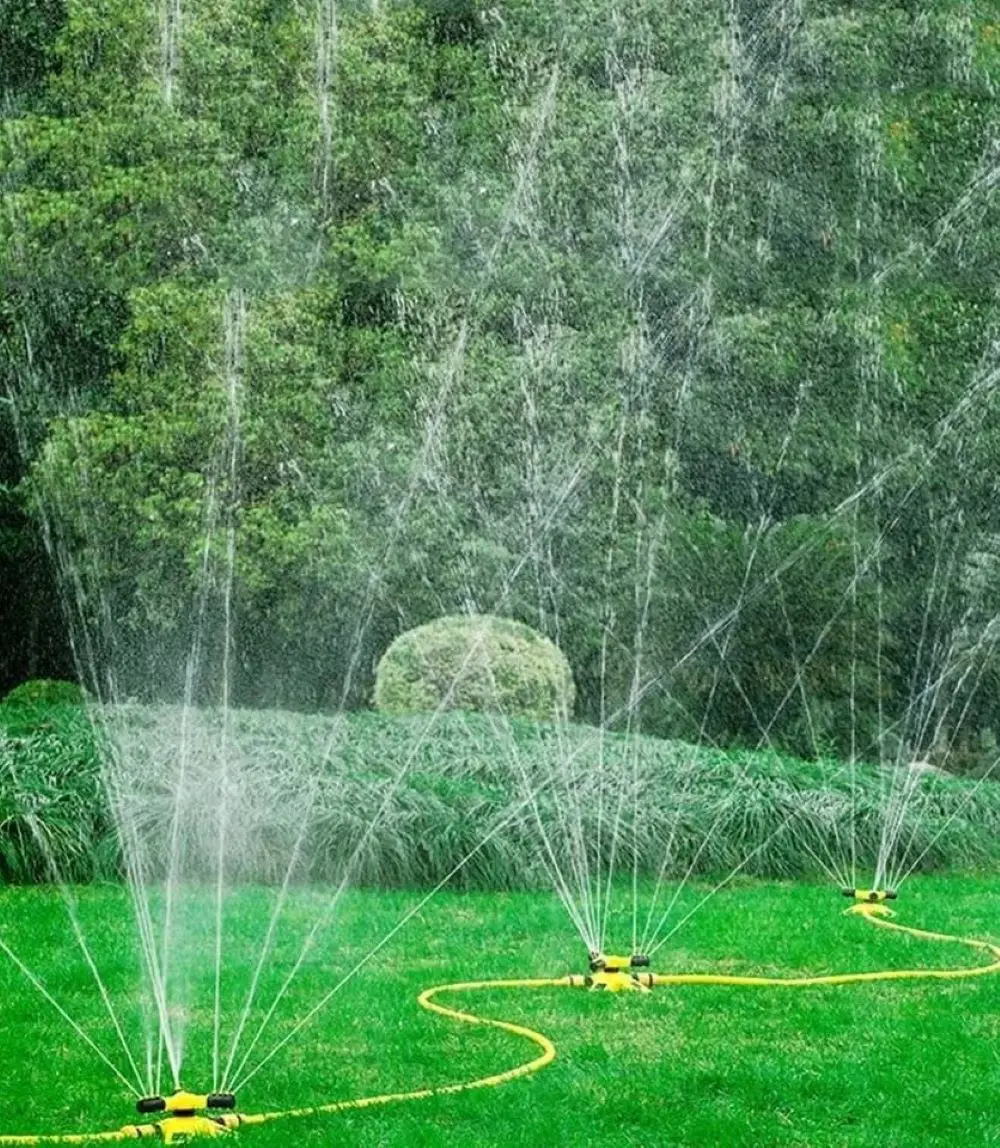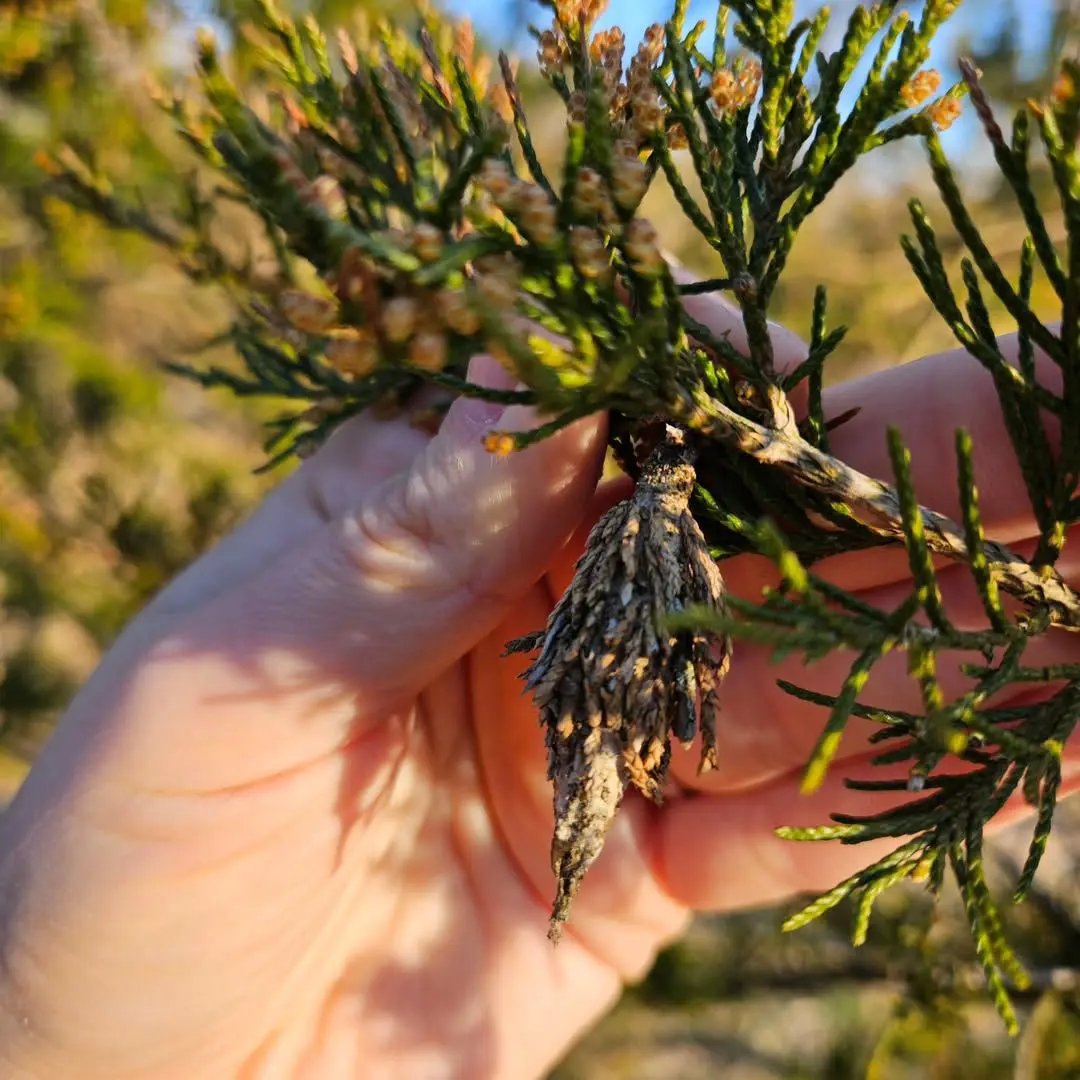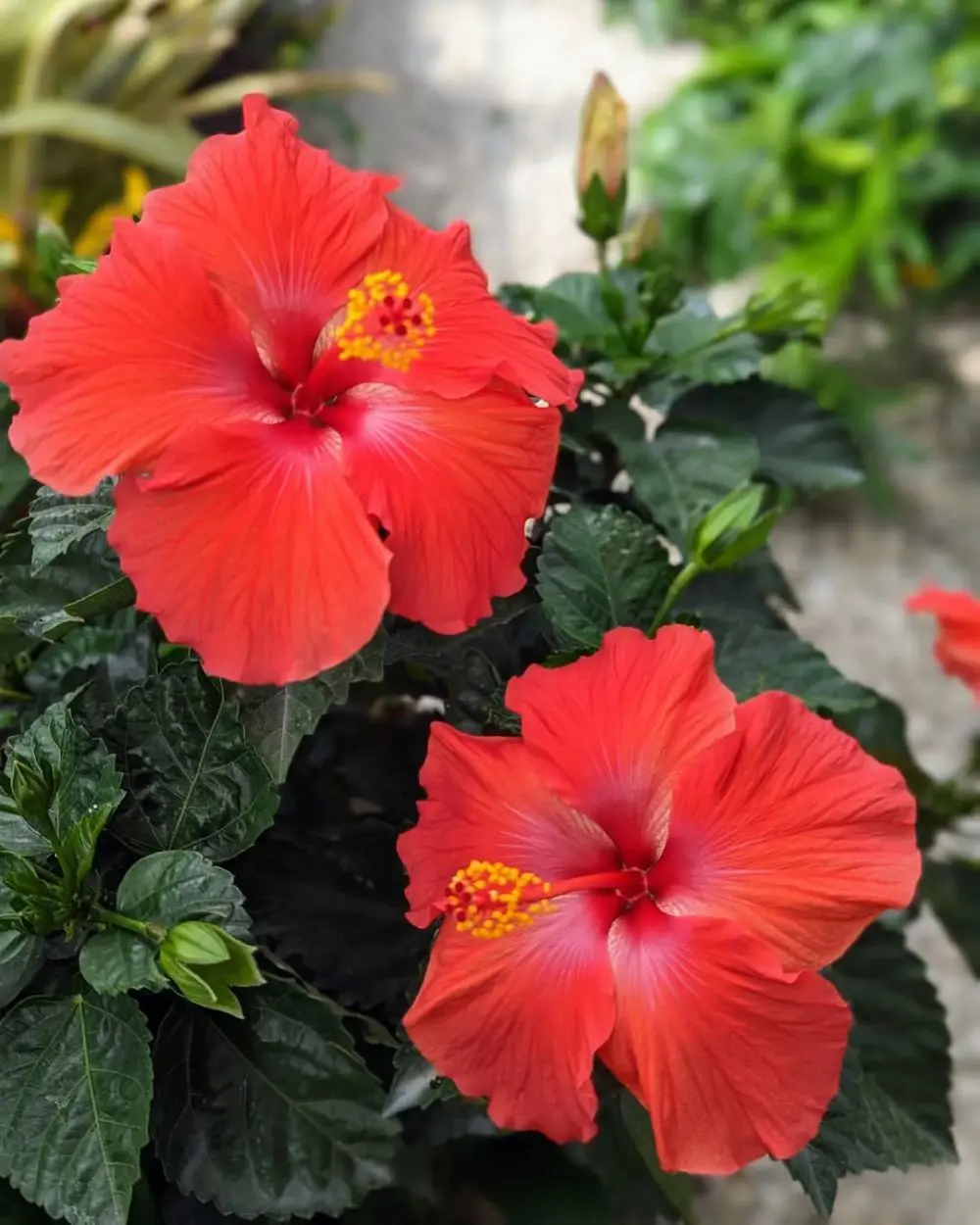Having your hydrangea fail to bloom can be frustrating, but understanding the underlying reasons is key to resolving this issue effectively.
From pruning mistakes to environmental factors and soil conditions, several factors can affect your hydrangea's flowering.
This article delves into the common reasons why hydrangeas may not bloom and offers practical solutions to ensure your plant thrives with vibrant blooms season after season.
Understanding Hydrangeas
Before diving into the reasons why hydrangeas might not bloom, it's important to understand the different types of hydrangeas and their blooming habits. There are several species commonly grown in gardens, including:
- Hydrangea macrophylla (Bigleaf Hydrangea): Known for its large, round flower heads, which can be either mophead or lacecap types. These hydrangeas often change color based on soil pH.
- Hydrangea arborescens (Smooth Hydrangea): Known for its large, white blooms, the 'Annabelle' variety is particularly popular.
- Hydrangea paniculata (Panicle Hydrangea): Features cone-shaped flower clusters that can turn pink as they age.
- Hydrangea quercifolia (Oakleaf Hydrangea): Known for its foliage that resembles oak leaves and its large, cone-shaped flower clusters.
- Hydrangea serrata: Similar to Bigleaf Hydrangeas but typically smaller and more cold-hardy.
Each type of hydrangea has specific needs and blooming patterns, so recognizing which variety you have is the first step in diagnosing blooming issues.
Common Reasons Hydrangeas Fail to Bloom
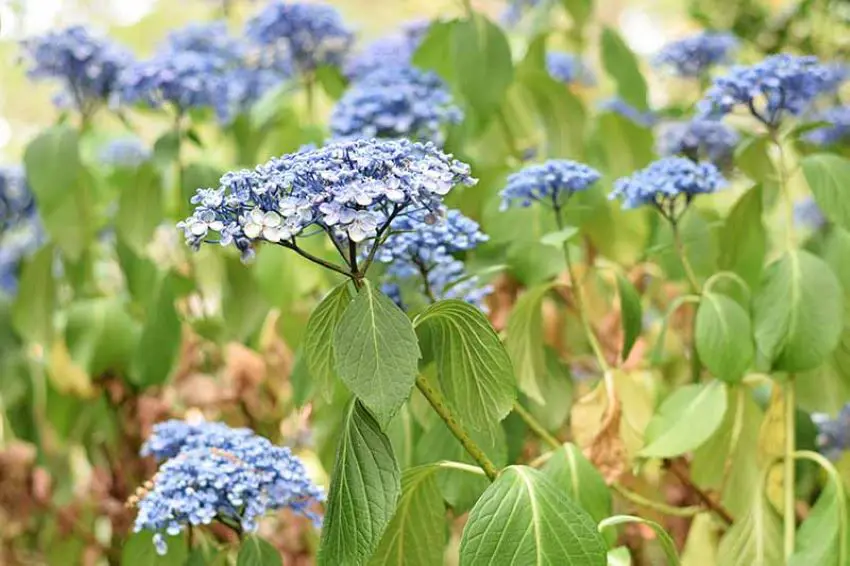
1. Improper Pruning
Pruning at the wrong time of year is one of the most common reasons hydrangeas fail to bloom. Different hydrangea species bloom on old wood, new wood, or both. Pruning at the wrong time can remove the buds that would become flowers.
2. Inadequate Light
Hydrangeas need the right amount of light to bloom. While they are generally shade-tolerant, too much shade can hinder flower production.
3. Soil Conditions
Soil quality and pH can significantly affect hydrangea blooming. Poor soil drainage, nutrient imbalances, or inappropriate pH levels can all hinder flower production.
4. Insufficient Watering
Hydrangeas require consistent moisture to thrive. Both overwatering and underwatering can cause stress, leading to poor blooming.
5. Temperature Extremes
Hydrangeas can be sensitive to temperature extremes, particularly late spring frosts, which can damage flower buds.
6. Pests and Diseases
Pests like aphids, spider mites, and diseases such as powdery mildew and root rot can weaken hydrangeas, affecting their ability to bloom.
7. Over-Fertilization
Applying too much fertilizer, especially high-nitrogen fertilizers, can promote lush foliage growth at the expense of blooms.
8. Transplant Shock
Recently transplanted hydrangeas may experience transplant shock, which can delay blooming as the plant adjusts to its new environment.
9. Environmental Stress
Extreme weather conditions, such as drought, heatwaves, or excessive rain, can stress hydrangeas and inhibit blooming.
10 Age of the Plant
Very young or very old hydrangeas may not bloom as prolifically. Young plants may need a few years to establish, while older plants may have reduced vigor.
Solutions for Hydrangea Bloom Issues

1. Proper Pruning Techniques
Understanding Bloom Cycles
- Old Wood Bloomers: Hydrangeas like H. macrophylla and H. quercifolia form flower buds on the previous year's growth. Pruning these types in late winter or early spring will remove the buds and prevent blooming.
- New Wood Bloomers: Hydrangeas like H. arborescens and H. paniculata produce flowers on new growth. Pruning these in late winter or early spring encourages vigorous new growth and abundant blooms.
Step-by-Step Pruning Guide
- Identify Your Hydrangea Type: Knowing whether your hydrangea blooms on old or new wood is crucial for proper pruning.
- Prune at the Right Time: For old wood bloomers, prune right after flowering ends.
For new wood bloomers, prune in late winter or early spring. - Use the Right Tools: Clean, sharp pruners are essential to prevent disease spread and ensure clean cuts.
Remove Dead and Diseased Wood: Start by cutting out any dead, diseased, or damaged stems. - Shape the Plant: For old wood bloomers, thin out older stems to improve air circulation. For new wood bloomers, cut back the stems to 12-18 inches from the ground to encourage new growth.
- Regular Maintenance: Regularly check for and remove any dead or diseased wood throughout the growing season.
2. Optimizing Light Conditions
Assessing Light Needs
- Bigleaf and Mountain Hydrangeas: These prefer morning sun and afternoon shade.
- Panicle and Oakleaf Hydrangeas: These can handle more sun but still benefit from some afternoon shade.
- Smooth Hydrangeas: These are adaptable but prefer partial shade in hotter climates.
Enhancing Light Exposure
- Site Selection: Choose a location that gets at least 4-6 hours of morning sunlight.
- Transplanting: If your hydrangea is in deep shade, consider transplanting it to a more suitable location in the fall or early spring.
- Trimming Surrounding Vegetation: Trim back trees or shrubs that are blocking sunlight to your hydrangeas.
- Using Reflective Mulch: Light-colored or reflective mulch can help increase light exposure by reflecting light onto the plant.
3. Improving Soil Quality and pH
Conducting a Soil Test
- How to Test Soil: Use a soil testing kit from a garden center or send a sample to a local cooperative extension service.
- Interpreting Results: Determine soil pH and nutrient levels from the test results.
Amending Soil for Optimal Growth - Adjusting pH: For acid-loving hydrangeas (blue flowers), lower soil pH by adding sulfur or aluminum sulfate. For pink flowers, raise soil pH by adding lime.
- Nutrient Management: Apply a balanced, slow-release fertilizer in early spring. Follow label instructions to avoid over-fertilizing, which can promote foliage growth at the expense of blooms.
- Improving Drainage: Incorporate organic matter like compost or aged manure to improve soil structure and drainage.
- Maintaining Consistent Moisture: Mulch around the base of the plant to help retain moisture and regulate soil temperature.
4. Watering Strategies
Establishing a Watering Routine
- Consistent Moisture: Water hydrangeas deeply once or twice a week, providing about 1 inch of water each time.
- Morning Watering: Water in the early morning to allow foliage to dry out during the day, reducing the risk of fungal diseases.
Techniques for Effective Watering - Deep Watering: Ensure water reaches the root zone by watering slowly at the base of the plant.
- Avoiding Overhead Watering: Use a soaker hose or drip irrigation to prevent wetting the foliage, which can lead to disease.
- Mulching: Apply a 2-3 inch layer of mulch to help retain soil moisture and reduce the frequency of watering.
5. Protecting Against Temperature Extremes
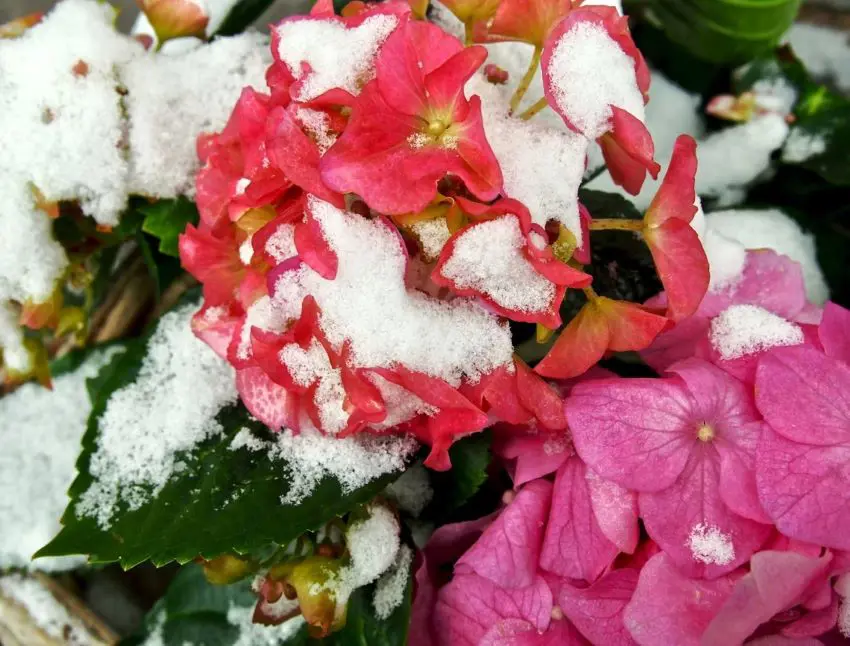
Frost Protection
- Late Spring Frosts: Cover plants with burlap, frost cloth, or old sheets during late spring frosts to protect developing buds.
- Avoiding Plastic Covers: Use breathable materials to cover plants, as plastic can trap moisture and cause damage.
Selecting Hardy Varieties
- Cold-Hardy Species: Choose hydrangea varieties that are suited to your climate. Smooth and panicle hydrangeas are typically more cold-tolerant.
- Winter Protection: In colder climates, mulch heavily around the base of the plant to insulate roots and use burlap wraps for additional protection.
6. Managing Pests and Diseases
Identifying Common Pests and Diseases
- Pests: Aphids, spider mites, and scale insects are common pests. Look for signs like distorted leaves, sticky residue, and small webs.
- Diseases: Powdery mildew, leaf spot, and root rot are common issues. Symptoms include white powdery growth, dark spots on leaves, and wilting.
Integrated Pest Management (IPM)
- Regular Monitoring: Inspect plants regularly for signs of pests or diseases.
- Biological Control: Introduce beneficial insects like ladybugs and lacewings to control aphids and other pests.
- Chemical Control: Use insecticidal soaps or neem oil for pest control. Apply fungicides as needed for diseases, following label instructions carefully.
- Cultural Practices: Maintain good air circulation by proper spacing and pruning. Avoid overhead watering to reduce the risk of fungal diseases.
- Sanitation: Remove and dispose of any diseased plant material to prevent the spread of pathogens.
7. Addressing Over-Fertilization
Signs of Over-Fertilization
- Excessive Leaf Growth: Lush, green foliage with few or no blooms.
- Salt Build-Up: White crust on the soil surface.
- Leaf Burn: Brown or scorched leaf edges.
Correcting Fertilization Practices
- Soil Testing: Test the soil to determine nutrient levels before applying fertilizer.
- Balanced Fertilizer: Use a balanced, slow-release fertilizer with a lower nitrogen content to promote blooms.
- Fertilizer Schedule: Fertilize once in early spring and possibly again in mid-summer if needed, following package directions carefully.
- Flushing the Soil: If over-fertilization is suspected, water deeply to flush excess nutrients out of the root zone.
8. Minimizing Transplant Shock
Reducing Stress During Transplanting
- Optimal Timing: Transplant in early spring or fall when temperatures are mild.
- Root Preparation: Water the plant thoroughly before transplanting to reduce root disturbance.
- Aftercare: Water the newly transplanted hydrangea regularly and provide shade if necessary until it establishes.
9. Mitigating Environmental Stress
Coping with Extreme Weather
- Drought: Mulch to retain soil moisture and water deeply during dry periods.
- Heatwaves: Provide temporary shade and ensure adequate watering.
- Excessive Rain: Improve soil drainage and avoid waterlogged conditions.
10. Encouraging Bloom in Young and Old Plants
For Young Hydrangeas
- Patience: Allow young plants a few years to establish before expecting prolific blooms.
- Proper Care: Ensure proper watering, fertilization, and pruning.
For Older Hydrangeas
- Rejuvenation Pruning: Perform rejuvenation pruning by cutting back one-third of the oldest stems to the ground each year.
- Nutrient Boost: Apply a balanced fertilizer to revitalize the plant.
